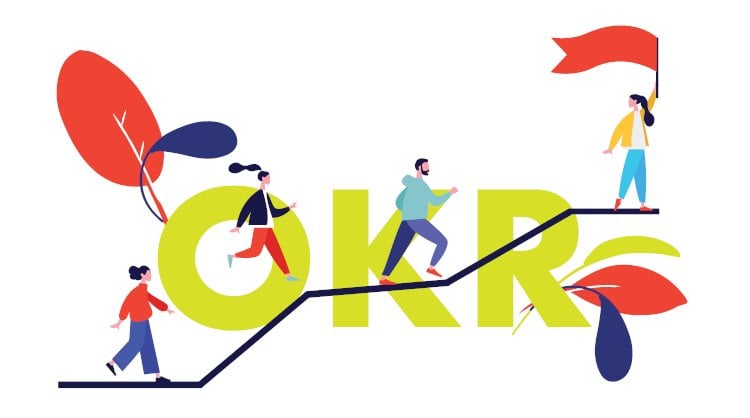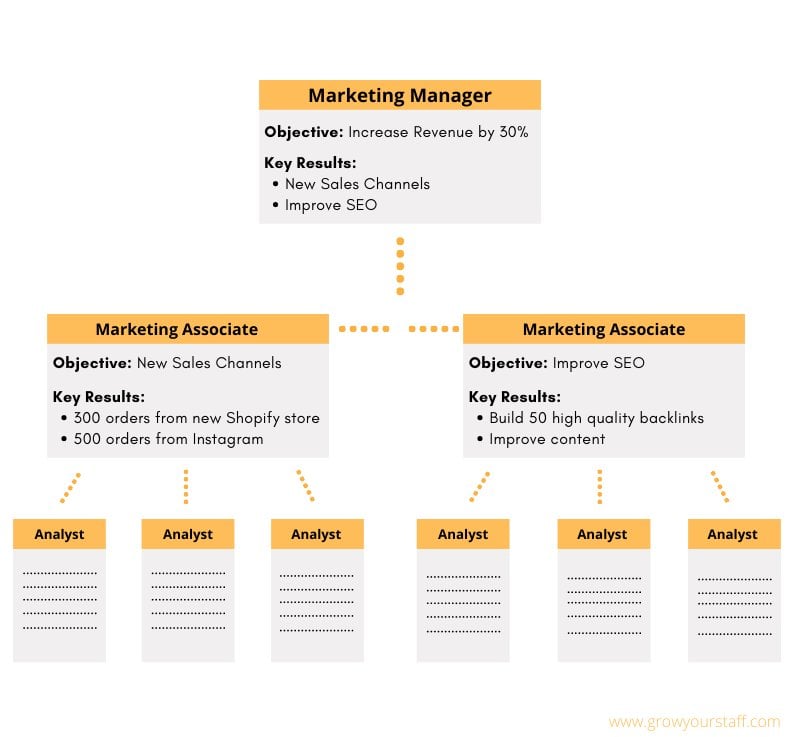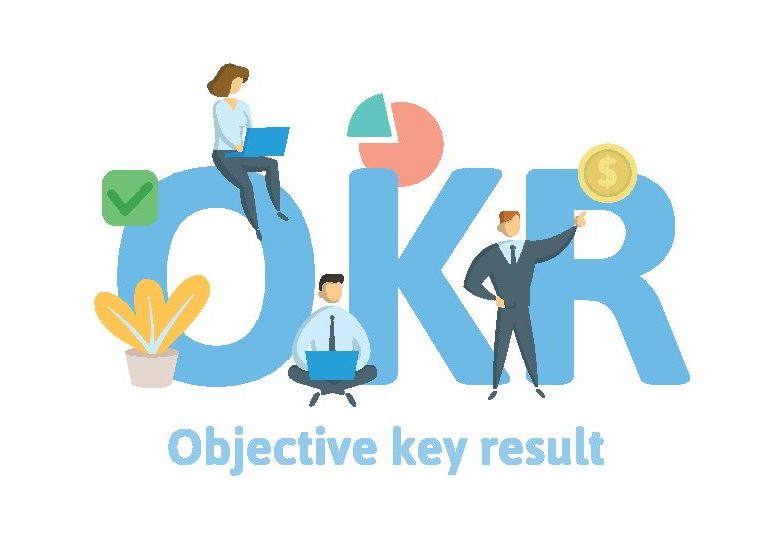Once you’ve clearly defined the Objectives and Key Results for all levels in the company, it’s now time to communicate these OKRs with all levels of the organization.
While the talk track may be a bit different depending on which level of the organization you’re presenting to (the company leaders, teams, or individual employees),
make sure that the same general information is shared with all parties. This will ensure that everyone has a common understanding of the company’s high-level goals.
Once the OKRs are set into action, individual employees should then start providing regular updates on result indicators, usually done on a weekly basis. Once around 70 to 75 percent of a specific objective has been achieved, that objective is considered done/completed. Again, OKRs are intended to be rather ambitious in nature to help move the company’s needle. Having 100% results completion for each objective may mean that your original objectives were not quite ambitious enough.
As the company progresses forward and new challenges arise, you may need to adjust and continue readjusting goals to make sure that they are not only ambitious but realistic as well. Nothing is more demotivating than being presented with a goal that is farfetched.








